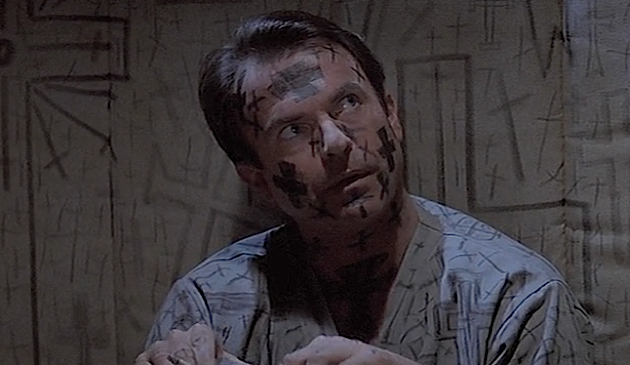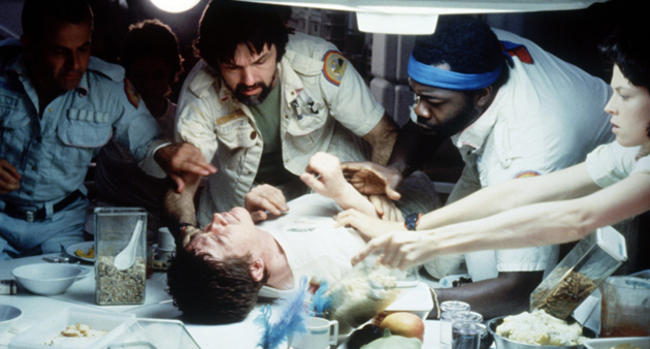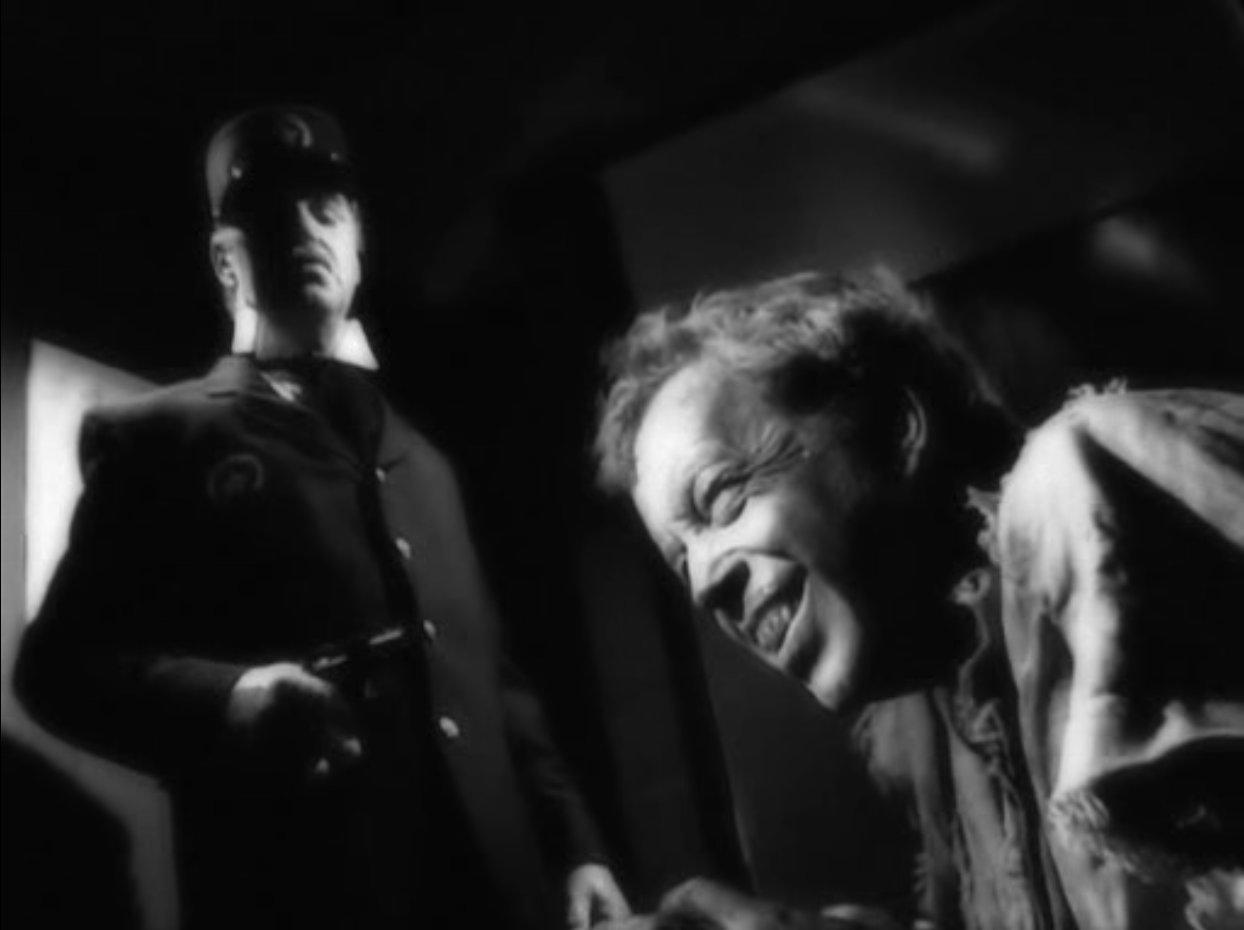5. The Thing (1982)
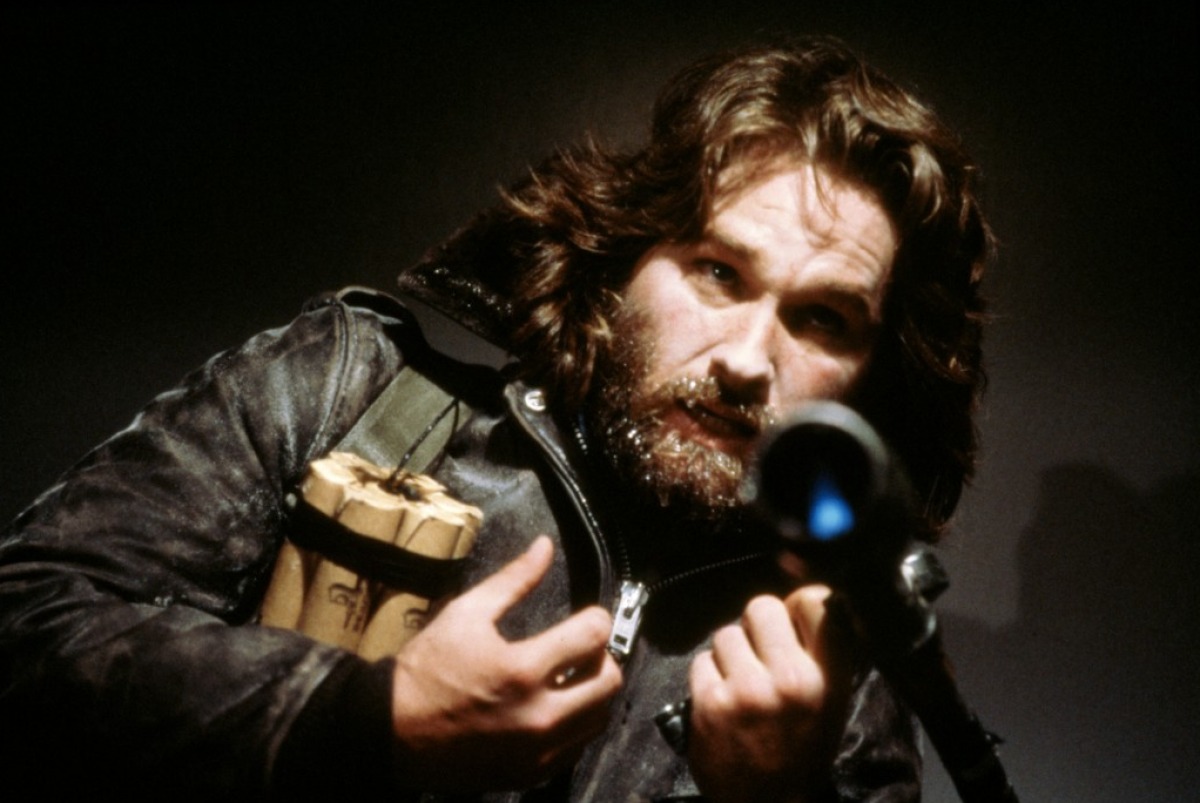
Even though it’s based on John W. Campbell’s Who Goes There? and the original The Thing from Another World, John Carpenter’s The Thing actually takes a lot of inspiration from Lovecraft. Firstly, there’s the concept itself which shares much in common with Lovecraft’s At the Mountains of Madness. Both centre around the unearthing of ancient, malevolent alien species from underneath the Antarctic ice and the ensuing confrontations.
There’s also that unmistakably Lovecraftian sense of impending doom, that mankind’s very existence hangs in the balance. Part of Carpenter’s unofficial Apocalypse Trilogy along with Prince of Darkness and In the Mouth of Madness, all three films draw heavily on Lovecraft in their musings on the extinction of the human race. The threat in The Thing comes from the creature’s ability to assimilate other organisms, and the possibility that it could wipe out the human race if it reached a densely populated area.
Juxtaposing this apocalyptic tone is a more insular, claustrophobic tension as the small research team falls apart and nobody knows who to trust anymore. Paranoia is another theme readily explored in Lovecraft’s fiction as seemingly innocuous characters turn out to be allies of an evil entity.
Perhaps closest to The Thing is Lovecraft’s The Whisperer in Darkness where the narrator’s friend is turned on to the aliens’ side. The image of the Thing itself, an amorphous, shape shifting creature whose true form can never be pinned down, is also very Lovecraftian. Further solidifying its inextricable link with Lovecraft is the ambiguous, uncertain ending which suggests that the monster may have gotten to one of them, but never explicitly tells you for certain.
4. In the Mouth of Madness (1994)
One of the most underrated horror films of the 1990s, John Carpenter’s In the Mouth of Madness is a true Lovecraftian nightmare. It is one of the few films that almost manages to bring to the screen the intangible, indescribable horrors of a H. P. Lovecraft tale. Indeed, the very fabric of the film seems to be permeated by an apocalyptic atmosphere of impending doom, as if the Great Old Ones themselves are using Carpenter as a conduit to take corporeal form.
Like a typical Lovecraft tale, Carpenter’s film centres around a narrator recounting the unspeakable terrors that have driven him to madness. What begins as frightening dreams and strange occurrences turns into an inescapable nightmare where the simple act of reading a book can bring about the end of the world.
Lovecraftian imagery abounds in the form of a quiet New England town where monstrous cults hide, gateways that lead to other dimensional planes appear, and slimy demons secretively plot their return and subsequent reign over mankind. Adding an extra layer of weirdness, Carpenter blurs dreams and reality, fact and fiction, film and reality to shocking effect.
Taking the form of a postmodern comment on the power of horror authors like Lovecraft and Stephen King, and directors like Carpenter himself, the film ends with the narrator sat in a cinema watching the film In the Mouth of Madness as reality collapses, the world as we know it ends, and the reign of the Great Old Ones begins.
3. Re-Animator (1985)
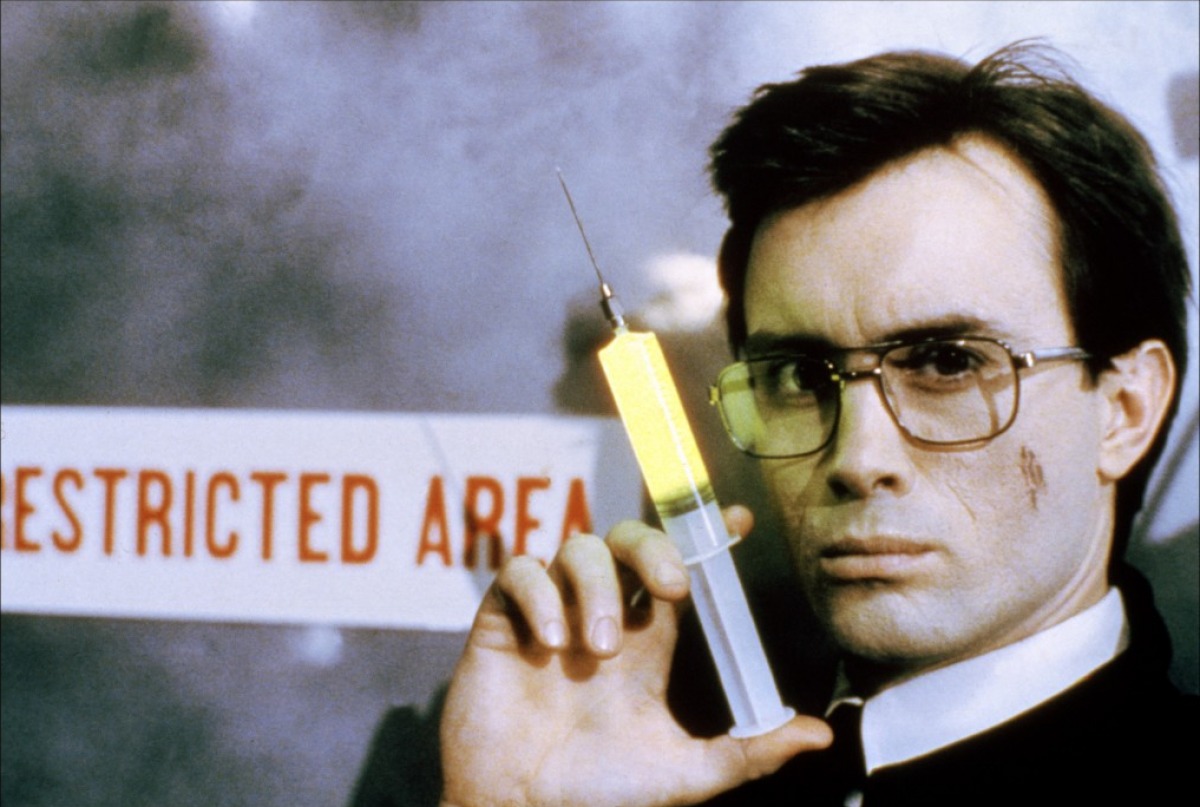
Hebert West: Re-Animator is perhaps the most atypical of Lovecraft’s tales. Taking the form of a straightforward penny dreadful/mad scientist story, it unsurprisingly feels out of place when stacked against the more otherworldly horrors that form the majority of Lovecraft’s work. However, it is precisely because of the story’s uncharacteristic nature that the film adaptation works so well.
Freed from the constraints of trying to visualise ethereal, indescribable horrors, director Stuart Gordon gravitates towards the tale’s more exaggeratedly horrific elements. Taking the idea of bringing corpses back from the dead and running with it, essentially turning the story into a splatter heavy zombie movie, Gordon’s take on Lovecraft is startlingly unlike any of the adaptations which came before it.
Wholeheartedly embracing the era’s penchant for excess, Re-Animator is much more in debt to the over-the-top ‘80s comedy horror of The Evil Dead and Return of the Living Dead than it is to Lovecraft. However, Re-Animator is not content to simply follow in these films’ footsteps. On the contrary, the film takes everything a step further as depraved sex and violence are taken to such extremes that they become hysterically funny.
Unfolding like an ultra-gory farce, much of the humour comes from West’s brilliant if misguided attempts to bring back the dead which always go awry – with increasingly messy and hilarious results. This is all topped off nicely by Jeffrey Combs’s excellent performance as the intensely arrogant West who, despite his intelligence and determination, is doomed to frustrating failure as the re-animated always return in a particularly bad mood.
Even though Re-Animator is not a typical Lovecraft tale and therefore not a typical Lovecraft adaptation, there are still definite traces of Lovecraftian horror littered throughout the film. There’s West’s all-encompassing obsessive madness, the Arkham setting, the headless Doctor Hill’s insides attacking like tentacles, and the morbid sense of humour shared by both the film and the source material.
2. Alien (1979)
On the surface Alien may seem like a straightforward exercise in sci-fi suspense along the lines of The Thing from Another World, but beneath the body count veneer there lies the traces of a grand mythology only hinted at but unmistakably there. It is this hinting towards a mythology that’s too vast to explore in a single story that aligns the film with Lovecraft’s Cthulhu Mythos; a fictional universe tantalisingly detailed, but never fully explained, across nearly the whole of Lovecraft’s oeuvre.
In Alien the mythology in question concerns the ancient vessel and its pilot, the so-called Space Jockey. Like with Lovecraft’s mythos, there is a great ambiguity surrounding this aspect of the film. It teases the viewer just as Lovecraft teases his readers, raising questions but refusing to provide answers.
The scene may only exist to get the alien on board the ship, but its power to spark the audience’s collective imagination is undeniable. Its power can be attested to by the fact that Ridley Scott returned to explore the Space Jockey’s origins in the intriguing, if overblown and not entirely necessary, Prometheus over thirty years later.
It’s also the scene where Lovecraft’s influence is most obvious, bringing to mind stories such as At the Mountains of Madness where explorers discover the seemingly deserted remains of lost alien civilisations. Its association with Lovecraft is bolstered further by surreal artist H. R. Giger’s otherworldly designs which strongly evoke Lovecraft’s descriptions with their utter strangeness, lack of any Earthly reference point, and their indefinable juxtaposition of awe and terror.
1. The Call of Cthulhu (2005)
The Call of Cthulhu is an incredibly strange film, which is always a good thing when it comes to adapting Lovecraft. A modern adaptation done in the style of a 1920s silent film, The Call of Cthulhu is quite possibly the most faithful adaptation of a Lovecraft story ever. Unlike other Lovecraft-based films it actually does justice to the source material, its succinct forty-odd minute runtime allowing no room for excessive padding.
The silent movie format also aids the storytelling as it allows for a smoother, purer transition from page to screen. That is, stripped of the distractions of modern movie making – sound, colour and special effects – the film is allowed to focus on what is most important; the story.
Told through images, actors’ expressions and intertitles, The Call of Cthulhu is an almost perfect encapsulation of the original story. The inherent otherworldly strangeness of the silent movie format also melds perfectly with the story’s own offbeat quality. This eerie sense of unease is further perpetuated by the peculiar angles and alien designs of the German Expressionist sets.
There’s also an impressively realised stop-motion Cthulhu whose unnatural jerky movements only work to further the film’s dreamlike quality. It may not technically be the best film on this list, but The Call of Cthulhu is certainly the most unequivocally Lovecraftian film to date, and for that reason alone it deserves the top spot.
Author Bio: Oliver Innocent is an aspiring film critic/academic with a BA Honours degree in Screen Studies from Sheffield Hallam University. His real passion is horror cinema, loving all that the genre has to offer, from the subtle chills of prestigious terror like The Shining to the garish absurdity of 1980s slasher trash such as Slumber Party Massacre II. He hopes to one day transform his passion into a career.
